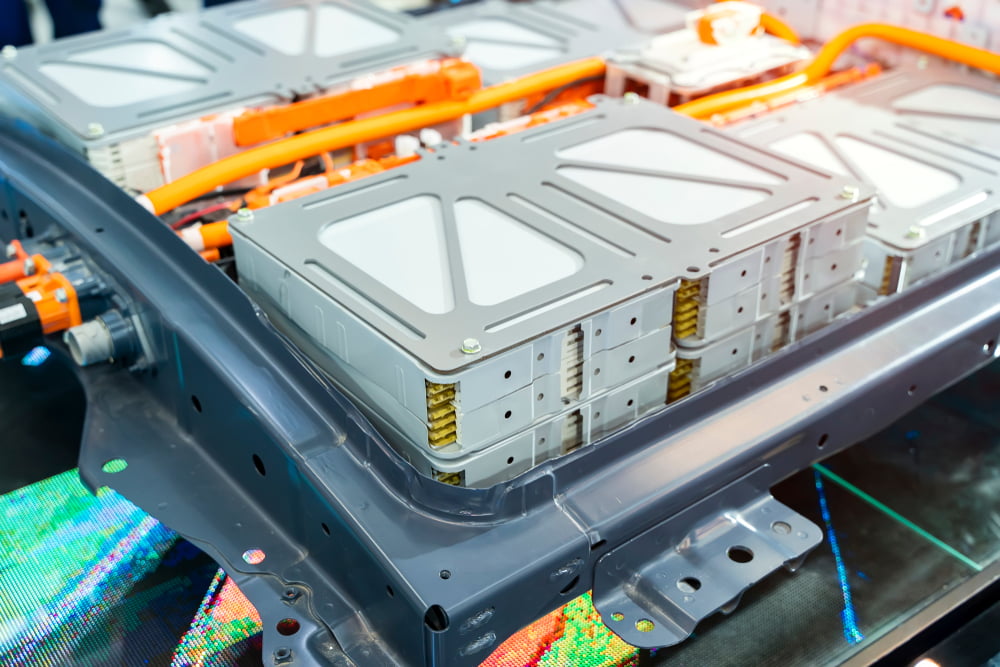
Fire and thermal runaway risks of lithium ion batteries can be reduced by using PIN FRs in separators, electrolyte, cathode. A review of materials for improving thermal stability and safety of lithium ion batteries (LIBs) provides information and references on different PIN FR solutions in current battery technology and possible future battery designs to improve safety. LIB fires are a significant problem, and incidents are cited in aircraft, smartphones, energy storage systems and electric scooters. Flame retardants are relevant for battery casings and structure (not discussed in this paper), for flammable battery coolants, in battery electrolytes (currently organic solvents), separators (polymer based) and incorporated into the anode or cathode.
Conventional LIB electrolytes are usually based on lithium hexafluorophosphate dissolved in solvents. FRs used in these electrolytes include inorganics (e.g. silica based) and “organic phosphorous compounds, with various types, low toxicity, suitable physical characteristics, good compatibility and low cost” (10+ references) or fluorinated carbonates. A future development to reduce fire risk may be solid-state electrolytes, e.g. ceramics or polymer-based gels, or ionic liquids or gels.
LIB separators are a critical element of battery cells, and if compromised can allow short circuit and thermal runaway. Conventional separators are polyolefin-based membranes. Mineral PIN materials (e.g. based on silica or aluminium) and ceramic coatings can improve separator safety.
LIB cathodes are based on various lithium compounds, play an active role in the electrical process and contribute to fire risk. Thermal stability of cathodes and safety can be improved by incorporating or coating with PIN materials such as aluminium phosphate, nickel, magnesium or other mineral compounds.
Risks related to LIB anodes particularly concern lithium dendrite formation and can be reduced by mineral doping or coating.
“A Review on Materials for Flame Retarding and Improving the Thermal Stability of Lithium Ion Batteries”, F. Gao et al., Int. J. Electrochem. Sci., 15 (2020) 1391 – 1411, https://dx.doi.org/10.20964/2020.02.24
See also the detailed review of lithium ion battery fire risks, impacts and fire prevention “A review of lithium ion battery failure mechanisms and fire prevention strategies”, Q. Wang et al., Progress in Energy and Combustion Science 73 (2019) 95–131 https://doi.org/10.1016/j.pecs.2019.03.002